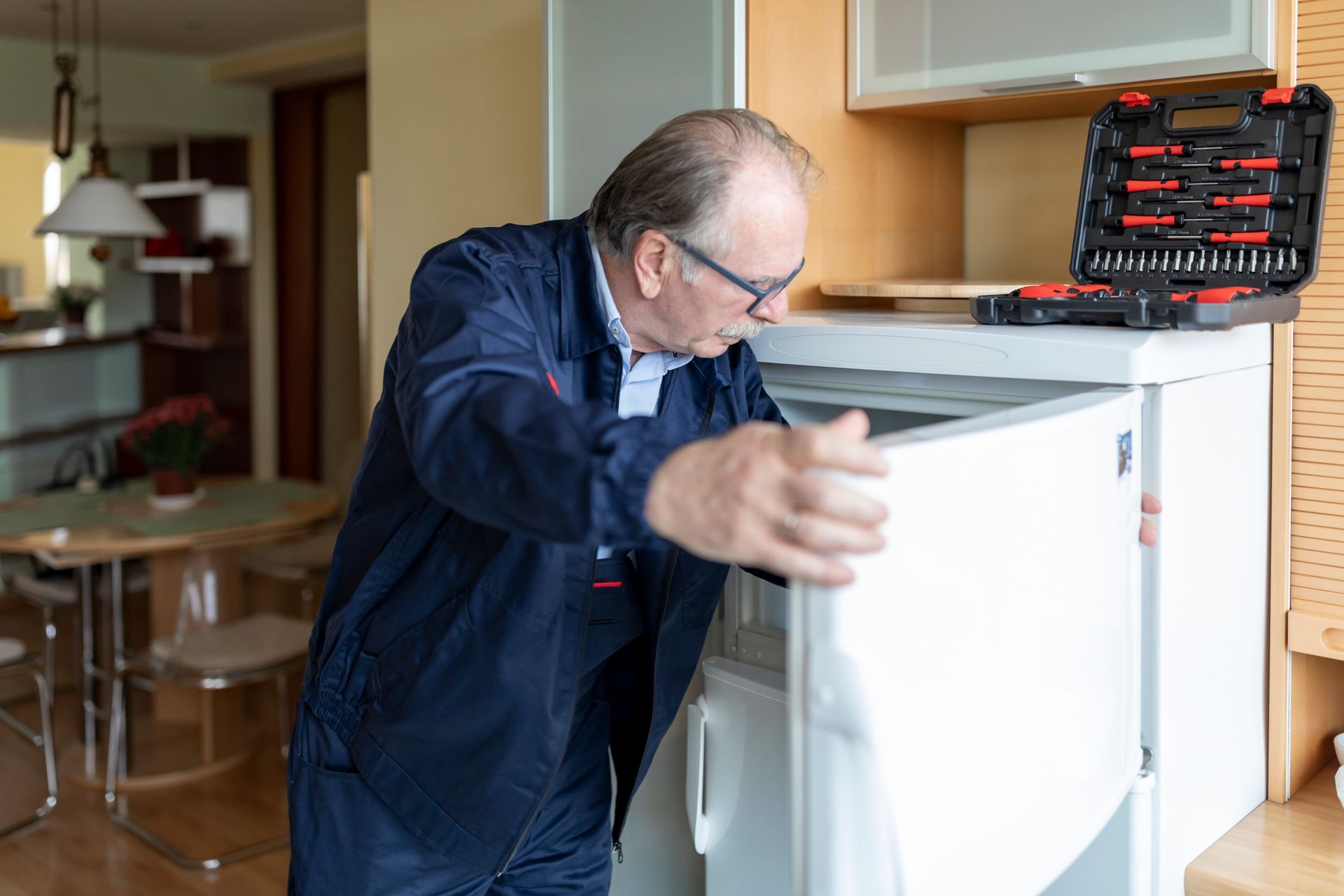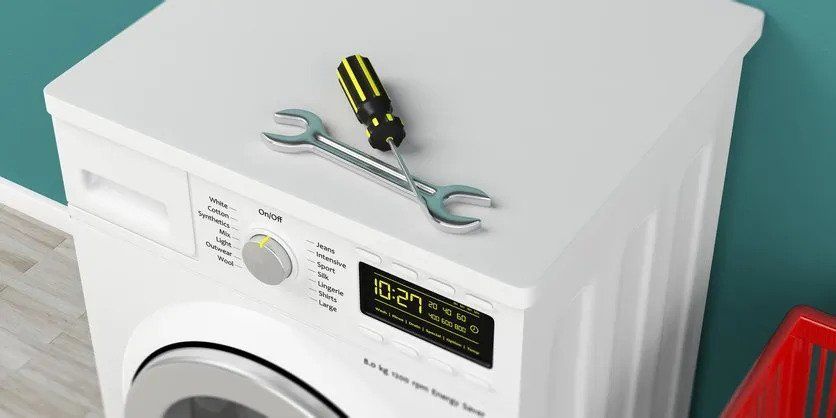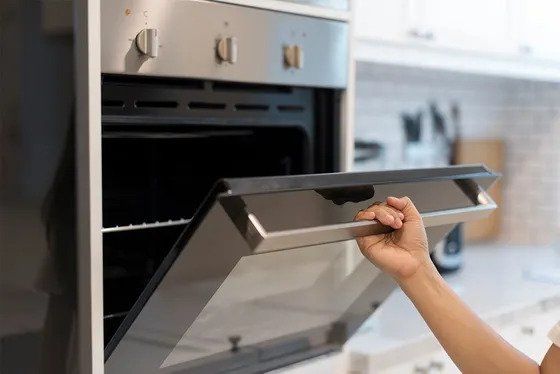Why Your Refrigerator's Temperature Has Been So Inconsistent
Refrigeration for food has been a game changer for society, but with that refrigeration comes the problem of keeping food in the right temperature range. Too high a temperature, and the food quickly spoils; too low a temperature, and the food ends up freezing and possibly changing in texture.
You can track the temperature inside both the freezer and refrigerator compartments. But then you might notice the temperature fluctuating a lot to the point where you start wondering if the coils or compressor are going bad. When the temperature inside the compartments changes, however, that could be due to something you're doing.
The Door May Be Slightly Open
Your refrigerator has adjustable feet in the back that let you lower the back end of the refrigerator. You want it tipped back just a bit so that the doors swing closed on their own without slamming into anyone trying to retrieve items from the compartments.
If the feet are not low enough, the door might still swing toward the refrigerator body on its own, but it won't quite close all the way. That leaves a gap that lets cold air out and lowers the temperature.
Open the refrigerator door all the way and stand back. Watch it close, and then push on the door. If it moves, that means it's been open and letting the temperature rise inside.
The Alarm Cord May Be Too Thick
Newer models of some refrigerators come with built-in door alarms that let you know if the door is open. However, you can buy separate alarms for appliances that alert you to changes in temperature. Some of these alarms sit inside the refrigerator and freezer, but others have a probe that sits inside the compartment and a display that sticks to the front of the door.
On some poorly made alarm models, the cord connecting the probe and display can be too thick, which will wedge the gasket of the door open a tiny bit. Even a tiny gap can let cold air out. The solution here is to get a different model of alarm with a thinner cord.
The Thermometer Might Be in the Wrong Place
Those charts that describe where to place different foods in your refrigerator aren't for decoration; they exist because your refrigerator's temperature varies by shelf and position, which means you may have the thermometer in the wrong place.
For example, a thermometer on the door will give very inconsistent readings because the items in the door are constantly exposed to warm room temperatures when you open it. You might be reducing the thermostat and finding your other food frozen.
If you have place your thermometer in the back of the main compartment on the lower shelf (not in a drawer), that can be too cold because the back of the refrigerator tends to be cooler than the rest.
If the instructions for the thermometer do not state where to place it, place it on the upper shelf. This is one of the warmer spots in most refrigerators, so as long as the display reads in the safe zone, you know the rest of the compartment should be fine.
You Might Have Too Much Food
Finally, you may simply have put too much food into the refrigerator, which prevents the flow of cold air around the compartment. You want the freezer to be full because frozen food acts as substitute ice, keeping the interior cold. But in the refrigerator, you want some space so that cold air can reach all of the items on each shelf.
If you've checked and adjusted all of those options, and you're still having trouble, call Appliance Repair Solutions and have a technician look at the motor, coils, and other parts of the appliance. The solution may still be simple yet require a new part.









